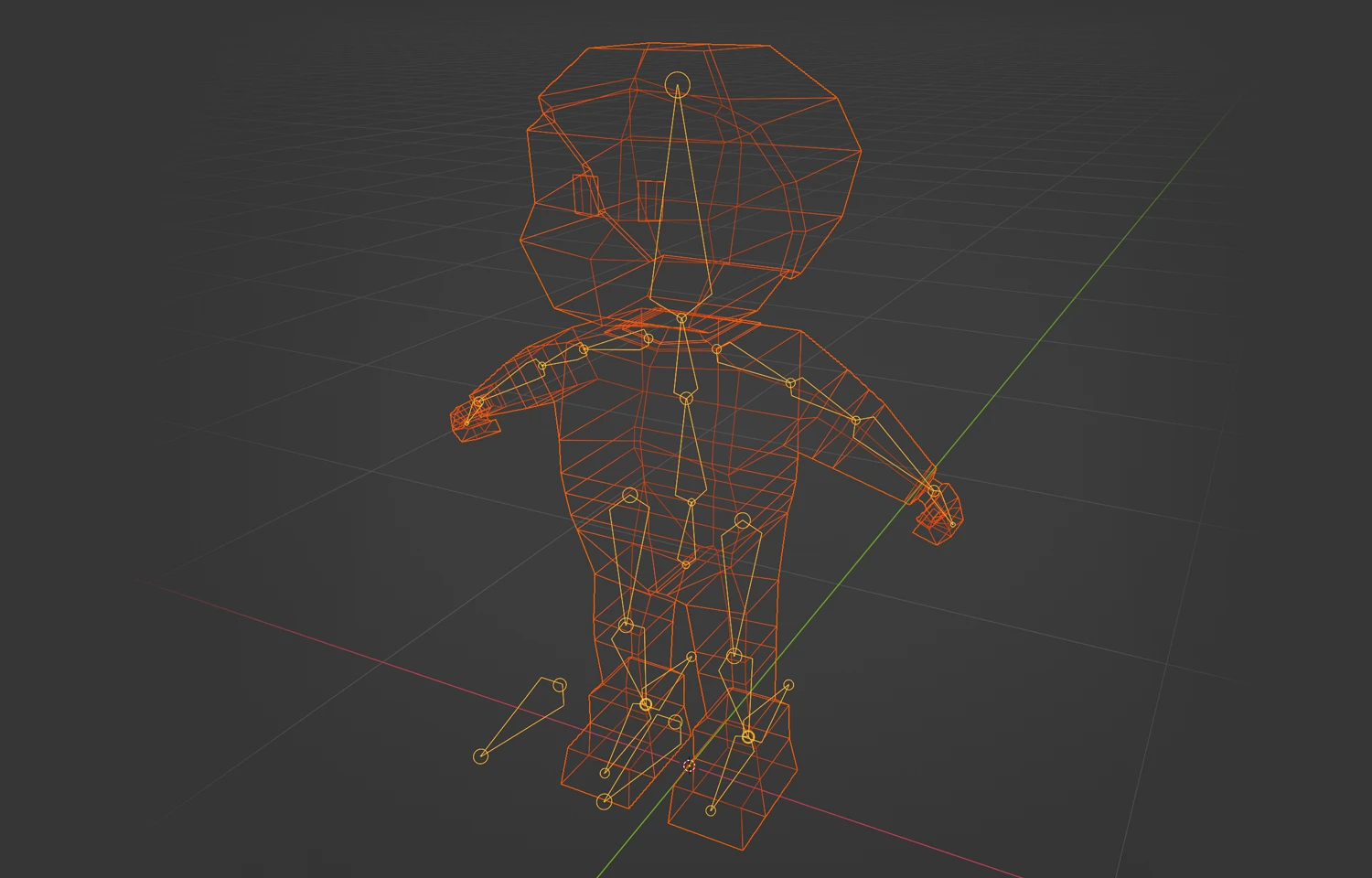
The Future of Web-Based 3D: Instanced Skinned Meshes and the Power of WebGPU
In the rapidly evolving world of web-based applications, a groundbreaking advancement is on the horizon, promising to redefine the limits of 3D rendering on the web: instanced skinned meshes made feasible by the emergence of WebGPU. This technological leap is not just a step but a giant leap forward in web development and 3D graphics.
Historically, instanced meshes on the web have been limited to static structures. Developers could manipulate positions, but the inclusion of bone structures remained a distant dream. The primary challenge? Processing power. Imagine attempting to manipulate the bones of 10,000 meshes. This would likely cause a browser crash, as the bulk of processing happens on the CPU.
Enter WebGPU, a game-changer in the truest sense. It’s not just an incremental update but a paradigm shift, unlocking the potential of the machine’s GPU. This shift is significant as it allows for substantial optimisations and performance boosts previously unimaginable in web-based 3D rendering. With WebGPU, rendering thousands of instances of skinned meshes is no longer a lofty goal but an achievable reality.
The implications of this advancement are monumental. Developers can now realistically consider integrating complex 3D models with dynamic bone structures directly into web applications. This capability opens a plethora of possibilities across various industries, from gaming and entertainment to education and virtual simulations.
However, it’s not just about instanced skinned meshes. The introduction of WebGPU sets the stage for other performance-intensive tasks in the 3D rendering pipeline, such as ray tracing and path tracing, which have eluded web-based 3D for years. The potential for more realistic lighting, shadows, and reflections could revolutionise how we experience 3D content on the web and bring the experience closer to that of a Triple A Rated game.
While the technology is ripe, the frameworks that support these features are still catching up. Developers and companies must work together to update and optimise these frameworks to fully leverage the capabilities of WebGPU.
The advent of WebGPU is a watershed moment for web-based applications and software. As we stand on the brink of this new era, it’s an exciting time for developers, businesses, and users alike. The future of web-based 3D is bright!

Article by Nick
Related posts
Learning from Failing Fast
“Fail fast” is a phrase that gets tossed around often—and for good reason. In many sit
Microservices or Monolith? Why One Size Doesn’t Fit All in Software Development
Following the recommended methods and techniques may seem like common sense to many. It’s only
Don’t be afraid of Technical Debt
Developers usually aim to keep technical debt as low as possible when building software—some even



